My 10-point plan to fix the mental health system
A former chair of Mental Health Australia, who quit this year in frustration at the lack of progress in addressing need, offers a blueprint for reform.

Mental health is talked about so much, but why aren’t we seeing the action we need?
As a former chair of Mental Health Australia and an entrepreneur with more than 15 years’ experience in getting things done, here is my 10-point plan for reform.
Problem 1: There is clearly not enough funding in mental health
On every metric there isn’t enough financial support to meet the needs of the sector and those seeking treatment. In a cost-of-living crisis there are a couple of options to keep downward pressure on inflation yet increase services. First, reallocate funding to mental health by reducing other areas of government spending. Second, with up to 60 per cent of all mental health services and hospitalisations in the private sector, provide tax relief for private specialists and hospitals (with key performance indicators) for treating mental health.
Problem 2: No accountability for mental health funding, and reports are being ignored
Shocking me and many others in the sector, Labor abolished the National Mental Health Commission. This independent commission was meant to keep the government accountable on promises and spending. It should be brought back as an independent body with statutory powers.
Problem 3: Not enough specialists to treat those who need support
We need to tackle this immediately and for the long-term view. First by opening up more funded positions for mental health clinical roles with tertiary education fee relief and additional college openings for psychiatry, psychology, mental health nurses and carers. Second by creating a visa for physicians to come in from countries such as the US, UK and Canada to bolster the workforce.
Problem 4: Insufficient access for rural and remote Australians
Waiting times in my home town, Wodonga, are about three years for a pediatric mental health appointment. We need to offer rebates for clinicians to move to the country, or tax relief for the private sector while increasing the opportunity for telehealth.
Problem 5: Digital services are inadequate
Governments have not been able to deliver strong, successful and scalable technology solutions so they should open tenders to proven technology leaders ensuring the ongoing success of services such as Beyond Blue, Reach Out and Smiling Mind.
Problem 6: Our future generations are being ignored
For too long prevention, early intervention and protecting our youth while teaching them about mental health has been forgotten. Less than 2 per cent of the mental health budget is spent on this area. Mental health education, along with sex education and dealing with social media (not just banning it), need to be implemented in schools. Early intervention needs funding and if the government is serious about protecting children, a blanket ban on gambling is needed immediately.
Problem 7: We need tough and real conversations around suicide
We need to launch an education campaign to prompt, even shock, the community into talking about tough issues. Suicide is a silent killer and one that deserves a community discussion. What we’ve been doing to date hasn’t worked.
Problem 8: Change funding cycles for peak bodies and other organisations
If government is serious (and the sector needs to play their part) we would streamline and extend funding cycles to ensure continuity of services. Some non-profit organisations need to merge into “super-non-profits” to eliminate a fragmented sector with wasted funding and resourcing and too many voices. Meanwhile, the funding cycle should be switched to about five years to allow freedom of thought and action regardless of governments and budgets.
Problem 9: Reduce conflict of interest
Peak bodies, such as Mental Health Australia, Suicide Prevention Australia, and state organisations, are designed and funded by government to support their efforts and give them sector feedback, assist with policy creation and advocacy for mental health support. But most of their funding comes from government. How do you criticise, make change and balance member input and independence? Don’t get me wrong, peaks do amazing work but governments keep not-for-profits, advocacy groups and peak bodies on a tight leash.
Mental health: Cast Adrift
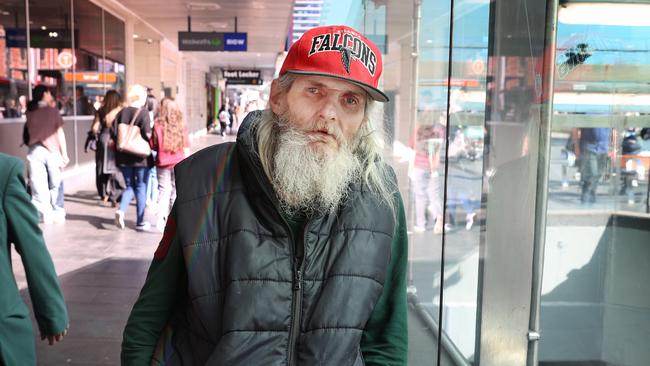
Home truths: jails overflow as mentally ill live on the streets
Since the closure of mental asylums, the ranks of prisoners and the homeless have swelled with the severely mentally ill.
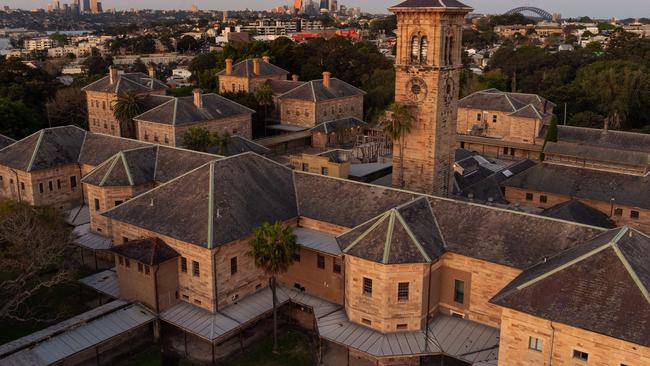
‘Nowhere to go’: supported housing could ease the burden of mental illness
Investments in housing for those with severe mental illness would reap enormous gains and savings for the nation.

Shocking plight of mentally ill ‘a stain on nation’
Health Minister Mark Butler describes the atrocious health outcomes, social exclusion and widespread homelessness as ‘a shocking reflection on our community’. The situation is revealed in a report by The Australian and Australian National University.

The clearing out of asylums was meant to provide hope. Instead it spawned an underclass
The severely mentally ill were promised a better future after asylums were mothballed. The promises were hollow.
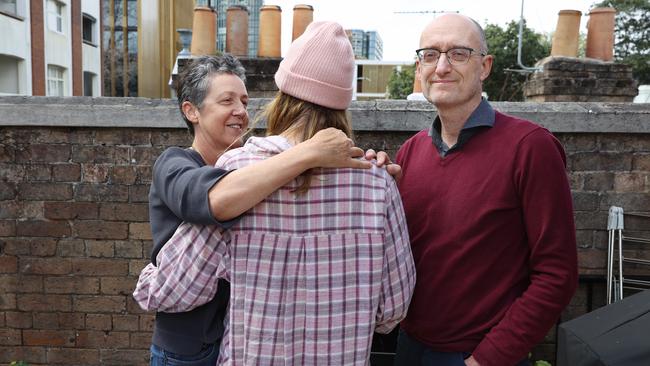
‘My nightmare of trauma and terror’
I am a 29-year-old woman living with treatment-resistant schizophrenia. I spent most of my younger years in and out of the public mental health system. This is my story.
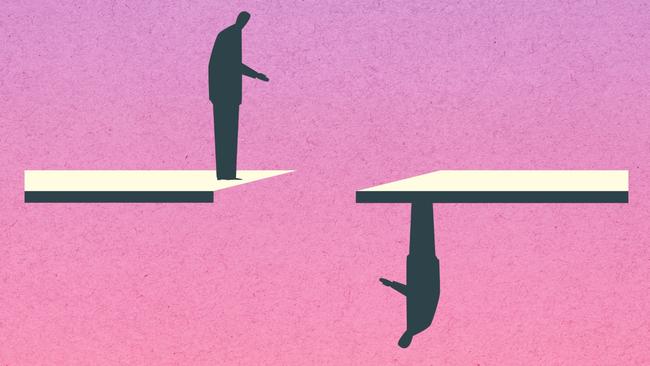
Shocking life expectancy gap has not shifted in a century
The huge gap in life expectancy between those with severe mental illness and the rest of the population is growing in Australia, with no improvement in sight.

‘As a father I’m heartbroken, as a taxpayer I’m appalled’
Patrick Leunig went to a top private school and was set to study law. Then his life spiralled downwards. His grief-stricken father tells of how our system failed his son.
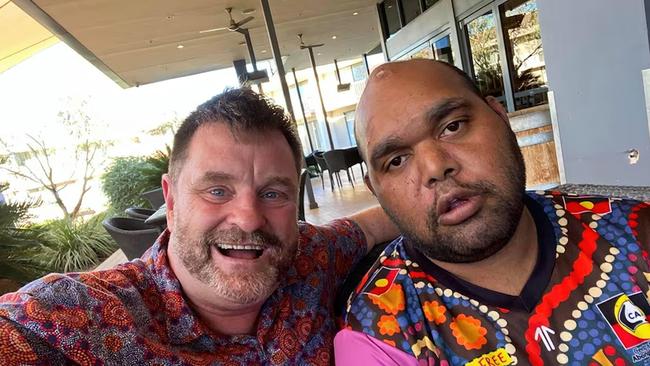
Freedom fight: Locked up and invisible in the heart of Australia
A young Aboriginal man’s escape from hell charts a community win for one of the many cognitively impaired and mentally troubled First Nations offenders who languish in our prison system.

Australia has a chance to fix its mental health system. Will we take it?
Australia’s broken mental health system has failed hundreds of thousands of people with severe illness with ineffective care – and that’s if they can access any at all. But one initiative may shift the dial.

‘The mental health ward became my prison cell’: a patient’s plea for change
Billie spent more than 1000 days in hospital before she turned 18. Damaged but determined, she is now speaking out for mental health reform.
Problem 10: Government – including the Health Department – is in a bubble
One of the great failings of government and a barrier to progressing the mental health system is the Health Department. Overblown, with underqualified staff, inflated budgets and bureaucrats who sit in an ivory tower with limited on-the-job or lived experience, the department is seen by the sector (even though they don’t say it) as a significant waste of time and money. It causes bottlenecks in access to ministers and the Prime Minister. If we need to save government spending, here’s an easy solution!
Matt Berriman is a former chair of Mental Health Australia (2021-2024).
If this story has raised issues for you, contact Lifeline on 131 114.

To join the conversation, please log in. Don't have an account? Register
Join the conversation, you are commenting as Logout